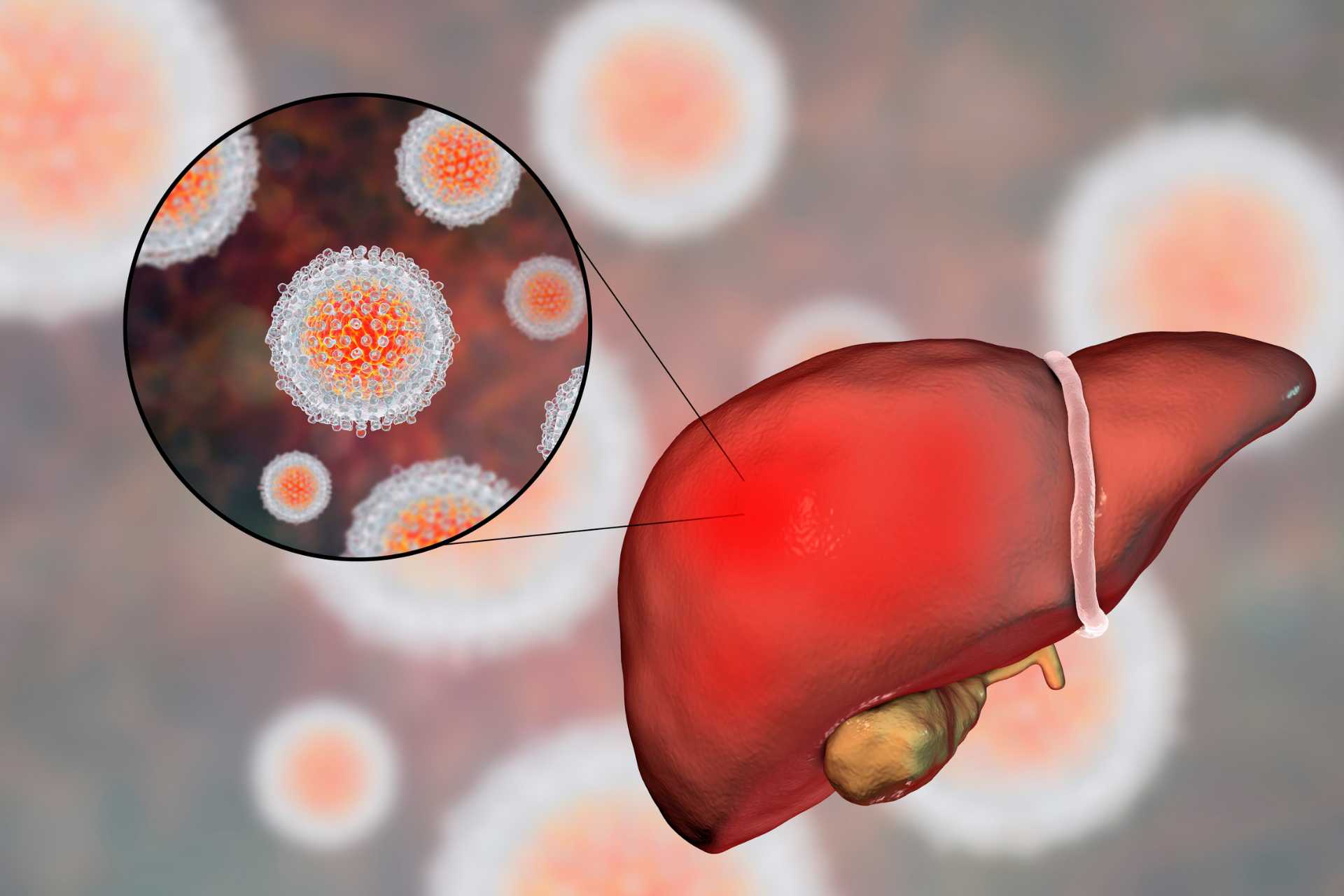
Symptoms of Hepatitis C Virus
Understand the key symptoms of Hepatitis C Virus (HCV), from fatigue and jaundice to liver-related issues. Seek internist care for early diagnosis and treatment.

Facts You Should Know About Your Oral Health
Learn essential facts about oral health: from brushing habits to gum disease, bad breath causes, and why regular dental check-ups at Deva Medical Center matter.

Differences Between Communicable and Infectious Diseases
Understand the key differences between infectious and communicable diseases, how they spread, and why regular medical check-ups are essential for your health.


